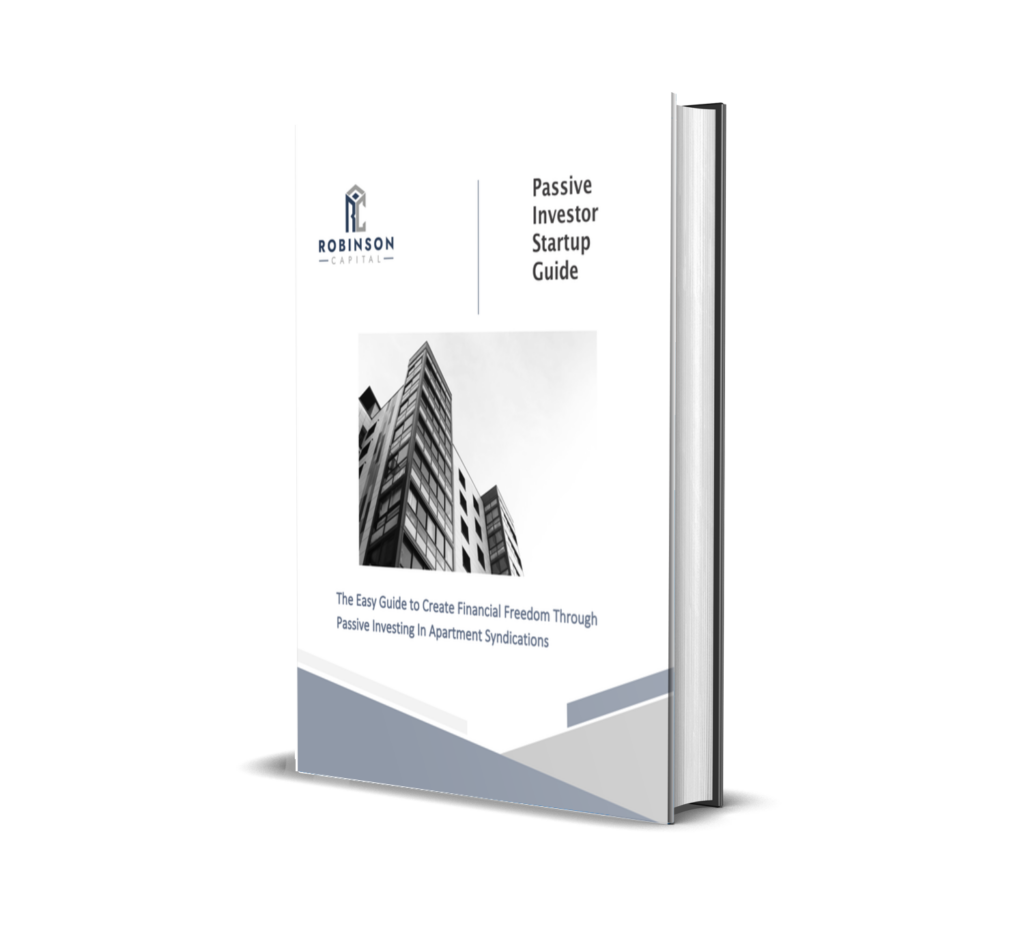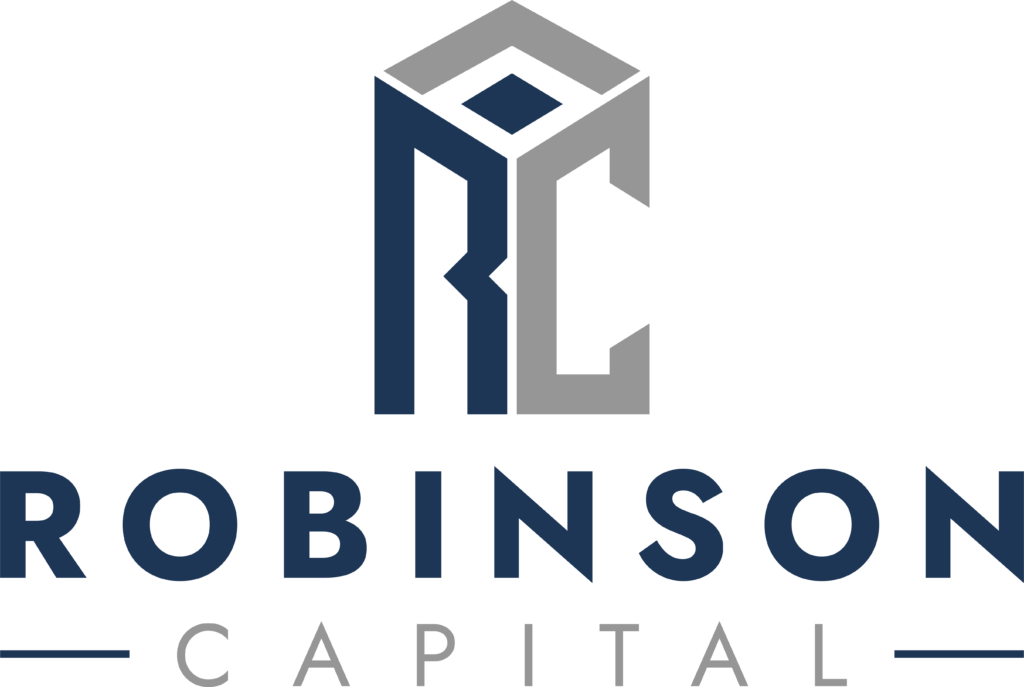When most people think of a Real Estate Investor, maybe they think of the Property Brothers, or Chip and Joanna Gaines. They are investors, but they are not the only mold. Many people invest in real estate without the persona of an outdoorsman or fix and flipper. In fact, real estate provides wealth building opportunities for just about anyone.If you are like me, you are a working professional. You spend 40 hours a week in the office, on calls, making sales, designing technology, leading teams, or all the above. So you can never invest in real estate, right?
Wrong…
Here are 3 Ways that you can begin to grow your wealth in real estate today while working your day job:
1) Househacking
Househacking is a fancy word for buying a house or small mult-family and renting out a portion of it to someone else to either offset your expenses or even better, generate positive cash flow.Here are a few examples:
Buy a duplex and rent out the other half.
- Let’s say your mortgage is $1250 and you can rent out the other side for $1250. You are living for free!
- Maybe your mortgage is $950 and you rent out the other side for $1,150. You are generating positive cash flow of $200 a month! Way to go. You are making money off your primary residence!
Buy a house and rent out a room or guest house
- If you are single or super extroverted, you can rent out a portion of your house, such as a basement for $300 to offset your $1,200 mortgage.
- If you have a guest house, you can also rent it out for a few hundred and offset your living. Maybe down the road you can build a separate driveway and additional features to “add value” to this guest house, thus raising the rents.
- If you are in a college areas and want to get started, you can buy a 4 bedroom house, individually lease to three other amigos and make money for your living, If your mortgage is $1,100 a month and you rent the rooms to each of your three tenants for $400 each, you are in a positive cash flow position.
For each of these scenarios, you can move out and keep the place rented for years after you are ready to move on.
2) Live and Flip
For this strategy, you are buying the right home as a primary residence, living in it for a few months while adding value and then you move out and rent the property as you move on to another.The right house: you are specifically looking for a home or multifamily property in a great neighborhood with good school system. The location is key as it helps drive the after-repair value of the property. You are looking for a C class home in an A-class neighborhood/area. You will look for a livable property that needs repairs and updates. You will both want to be comfortable living here and willing to do the repairs and upgrades. Since you will be living in it for at least a year, there is little reason to rush on the upgrades as you have the time that you need to get the work done.By the time you are done and ready to realize the value of your asset, you can are ready to move on to a new primary residence and make it a rental. I have done this and talk about it in my article, The Easiest Way to Get Started in Real Estate Investing. Since you added value to the property, you can rent it out at market values and cash flow well on your original mortgage basis. That property may even become a bank for you to cash out-refinance and convert some of that equity into cash for reinvestment.Here is an example of how this could work for you:
- Buy $130k house and put $4,500 down; your mortgage is $920 per month.
- Over three years you do $7k in repairs and upgrades
- After those three years, the property is work $200k and will rent for $1350 a month.
- You now have a rental property that cash flows over $400 a month, or $4800 annually (ensure to plan for expenses) and has grown in value by $70k off of your initial $4,500 downpayment and $7,000 rehab. Only looking at rental income and not the appreciation, that property will give you up to a 42% return on your $11,500 cash investment!
3) Passive Investing
This is the least dirty and involved method of the three I share. In another article, I share some important considerations whether active or passive investing is right for you. Give it a skim to get the feel of what will work best for you. Maybe, instead of building a team, marketing for deals, managing a rehab, screening for tenants or property managers and managing the property, you find investors who will do this legwork and simply need capital. Then, having solved their need, you participate in the opportunity while not doing any of the work, allowing you to do what you do at work without the stress and hassle of being on the site of a project or property. The downside, is that the primary asset that you bring to the table is cash, so if you are not yet in a place to invest with your own cash, becoming a passive investor can be a future goal, perhaps after following one of the two other strategies. Here are two scenarios:
- You go to your local investor meetup and find out what other individuals are working on. An opportunity comes put to buy an off-market triplex that needs some repairs and updates, but it needs to be a cash buy. The investor that shares the opportunity has plenty of experience with projects such as these but needs more funds in order to close quickly on this cash buy. You offer to be a partner bringing 50% of of the cash needed, while the investor brings the other 50% and manages the project. The arrangement is made (and documented for you and that investor to share in 50% of the cash flow and the proceeds from the final sale or refinance.
- You become acquainted with a multifamily investor who raises money for apartment acquisitions in various markets. After spending many months in her investor club, you learn that she has a track record for generating consistent targeted returns to investors and managing the assets very effectively. An opportunity is presented to her network via webinar, and you join to listen in. The acquisition is a 50-unit apartment complex in Jacksonville, Florida and the business plan for this project points to a 12% return for all passive investors. You participate in this deal, investing $50,000 of your funds and receive disbursements in the form of quarterly distributions and in the future will receive your equitable portion of cash from the eventual sale of that property at the higher, market price.
For each of these investments, as a passive investor, you participated in a real estate opportunity without ever leaving your desk! If you are interested in passively investing in apartment deals, feel free to contact me so that we can discuss whether this real estate investing strategy is a good fit for your needs.
In summary
You do not have to (and probably should not) quit your job to invest in real estate full time to grow your wealth through real estate. I mentioned here three strategies that you, as a working professional, can utilize to comfortably earn your w2 income while achieving a growing wealth portfolio to help with retirement, kids’ colleges, or whatever other mission and motive you have with your finances.
Passive Investor Startup Guide

To find out more about what it looks like to invest as a passive investor in multifamily real estate, download our free Passive Investor Startup Guide here!
Popular Passive Investor Articles
- – Mindset: Freedom through passive investing
– What is multi-family syndication?
– Do I have to be accredited to invest in a syndication?
– How passive investors can find great sponsors
– What to look for in potential syndicators
– About Robinson Capital

.

Rodney Robinson II
[email protected]